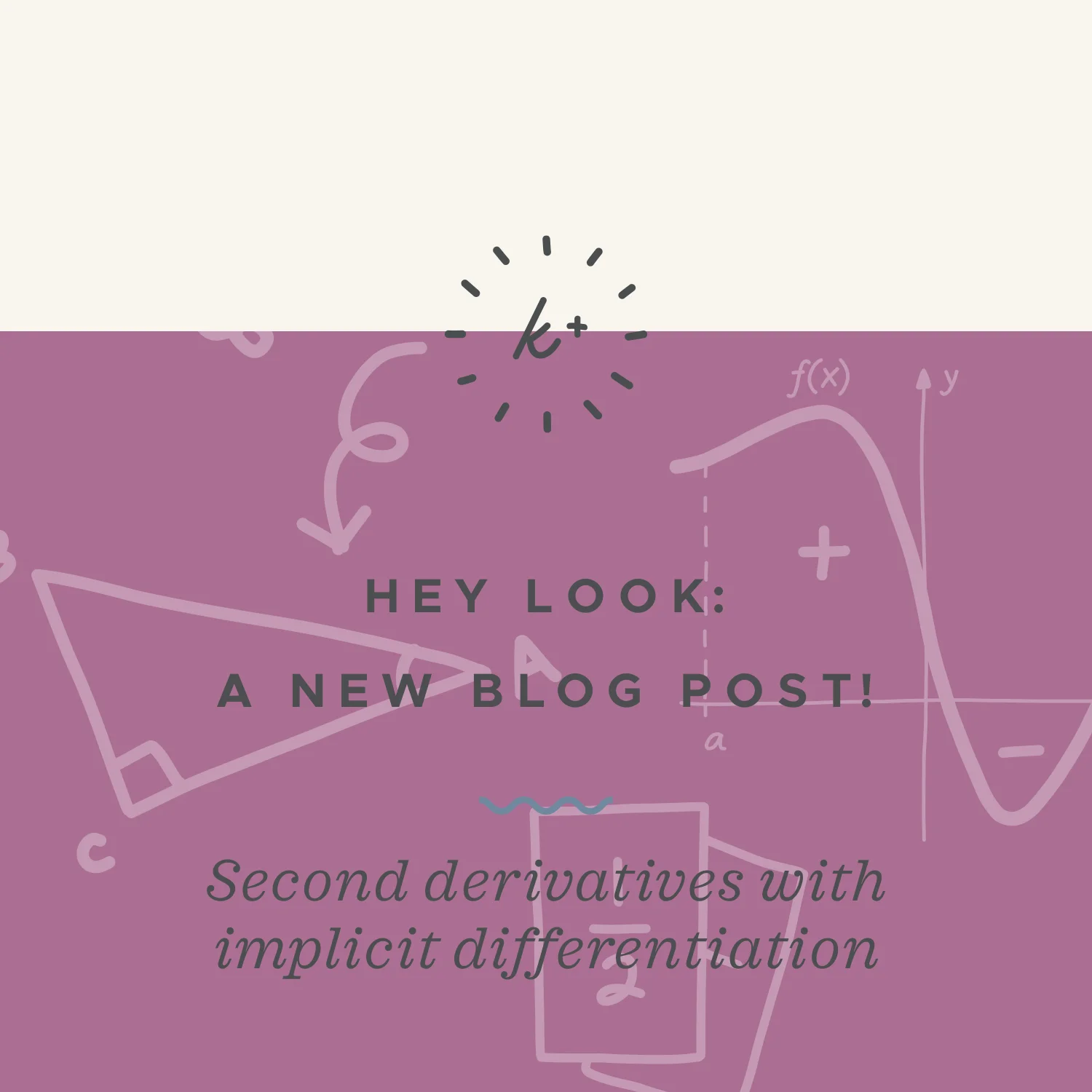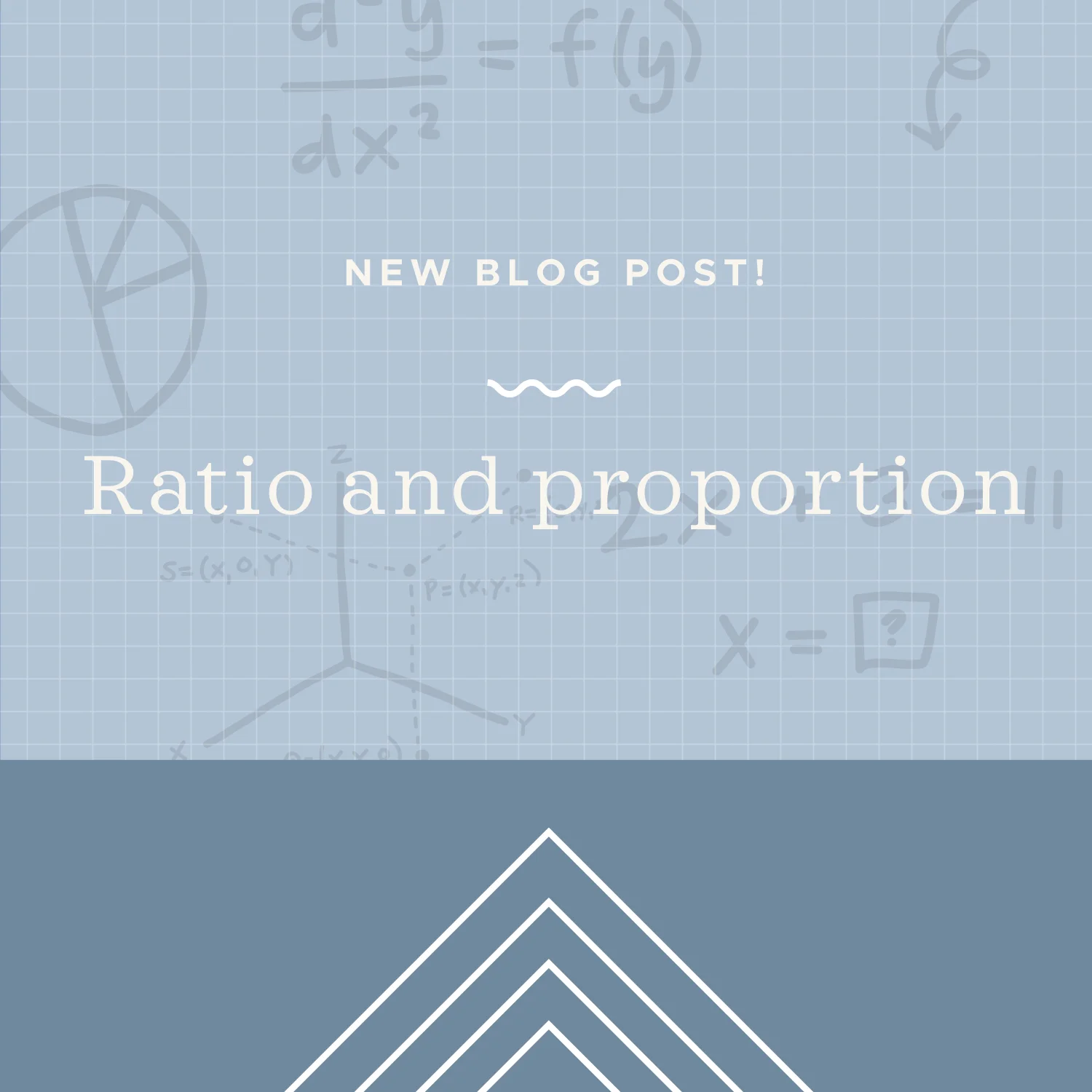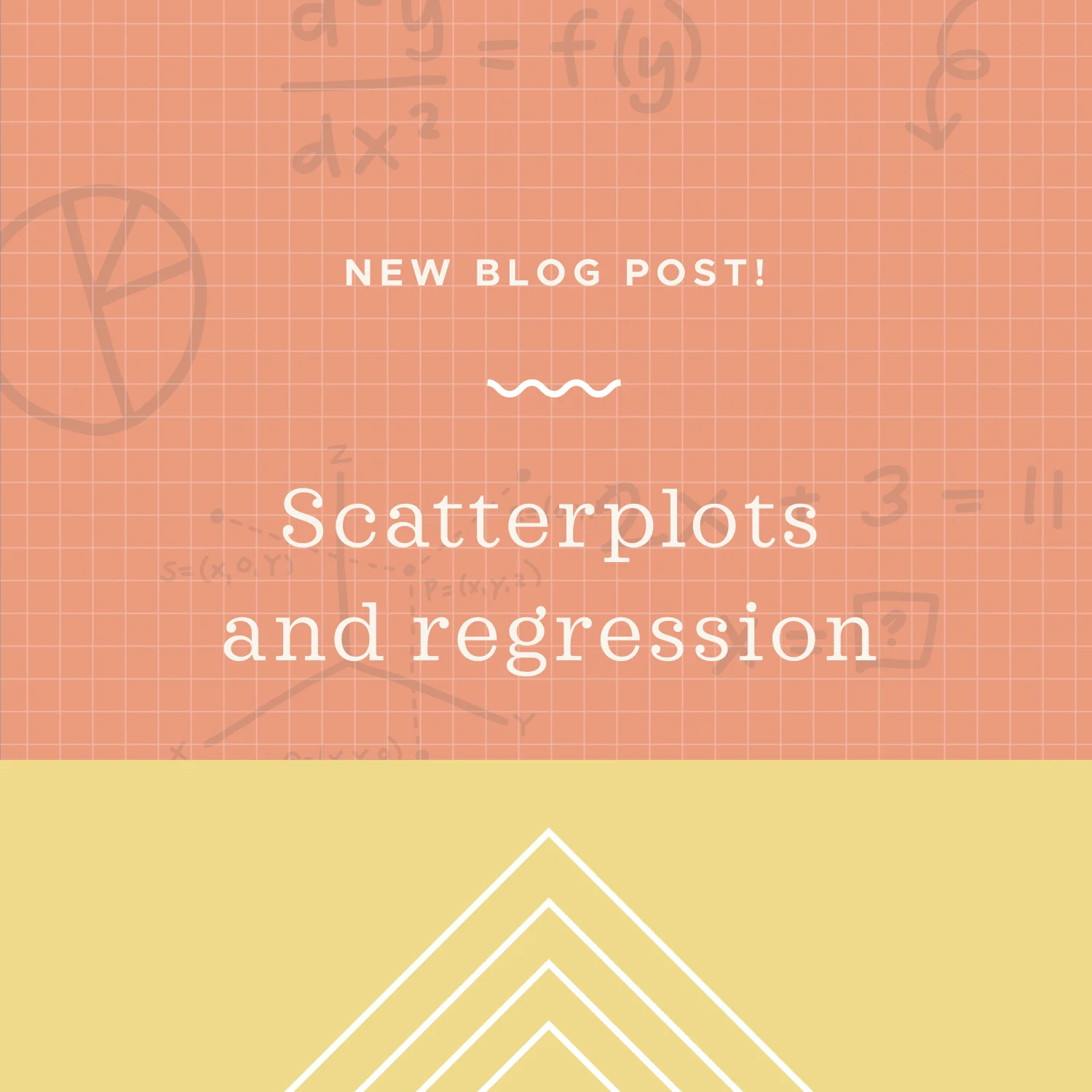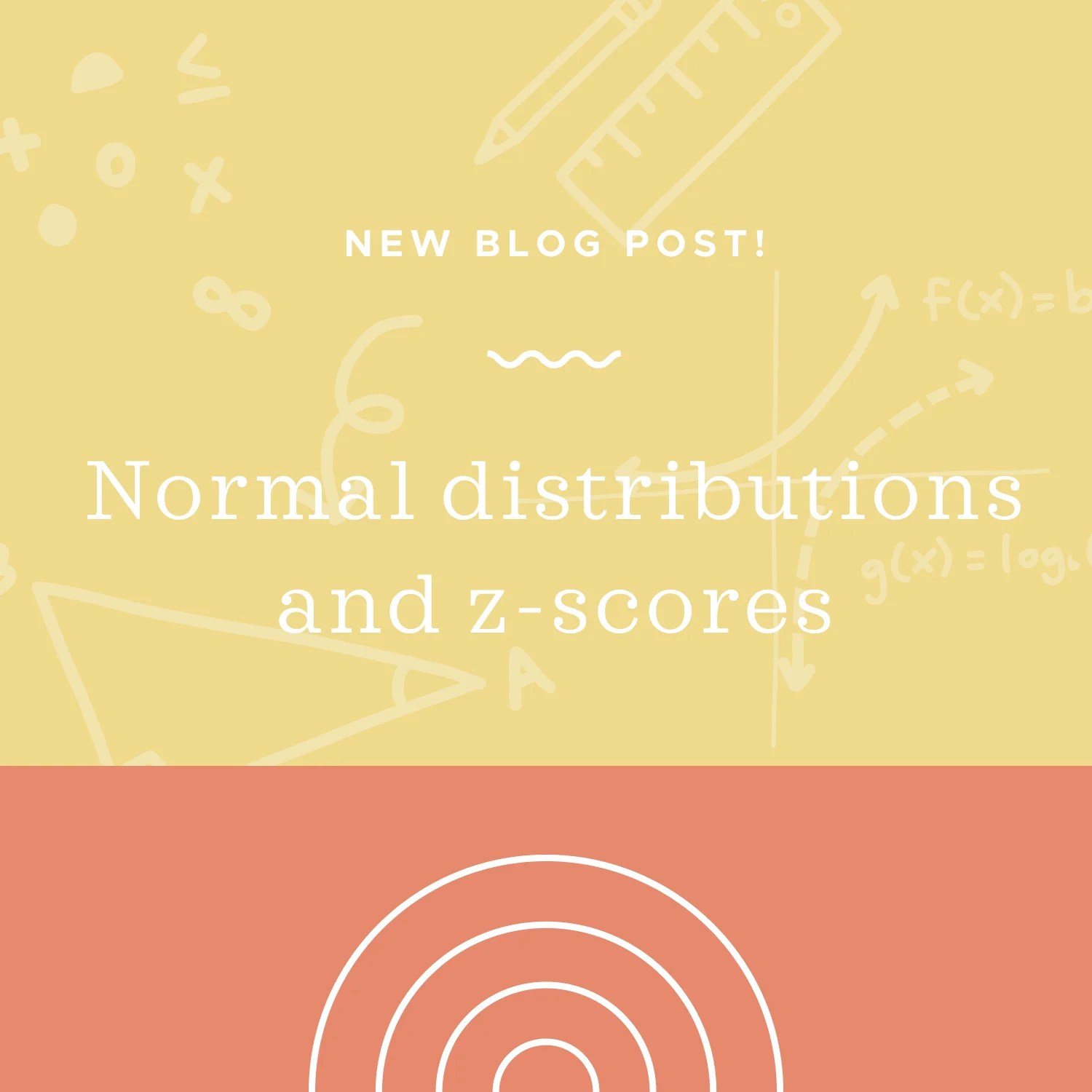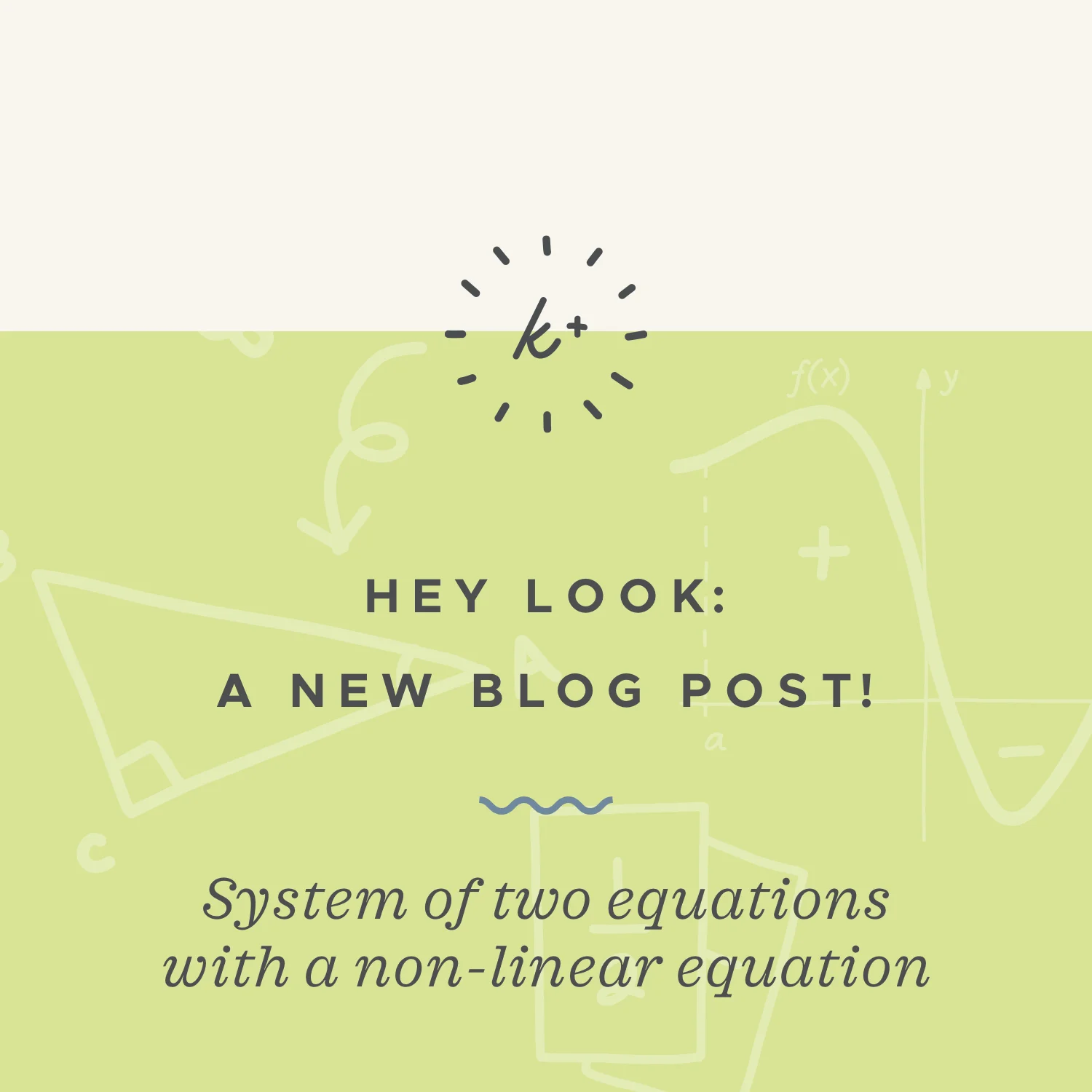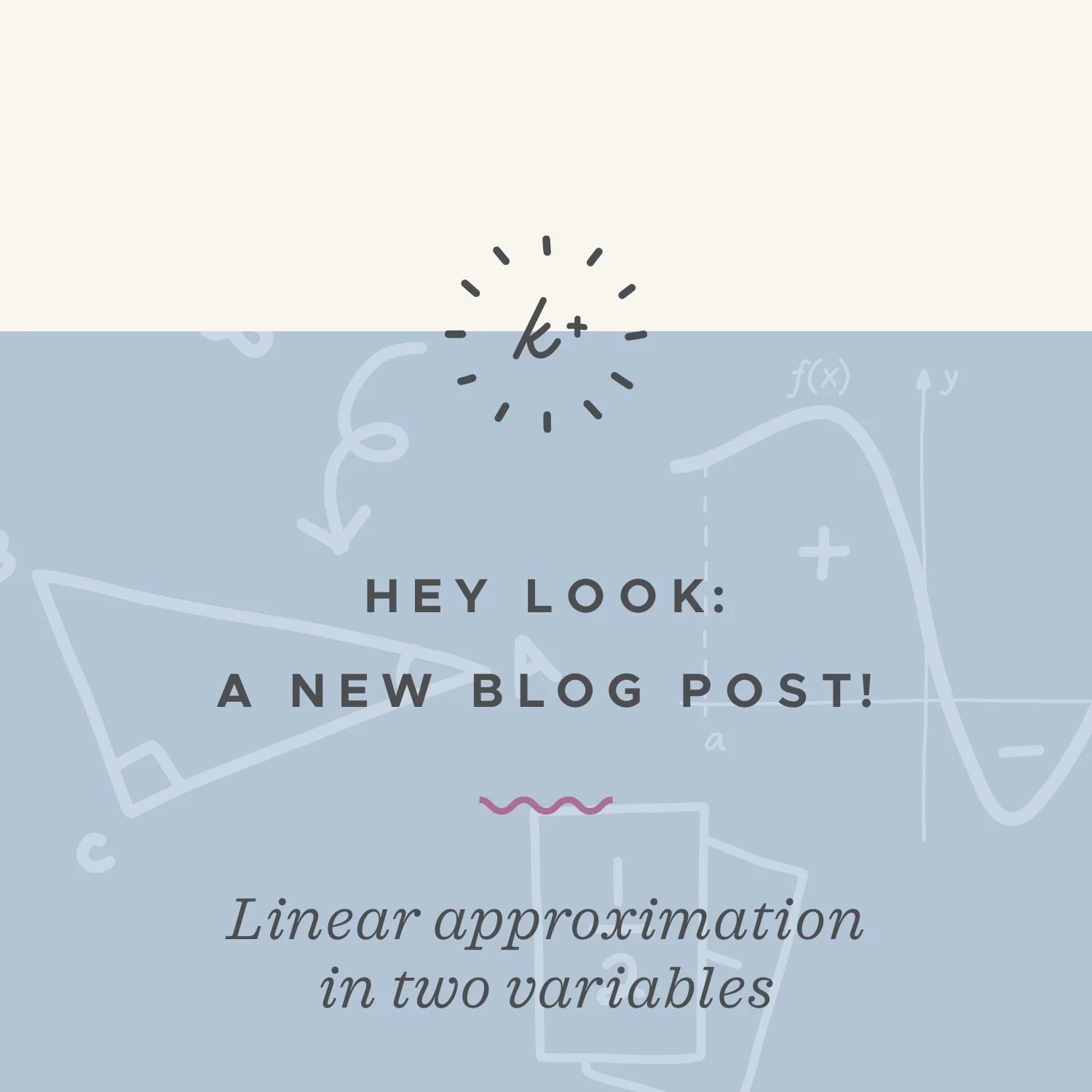Consumer and producer surplus are values that a company can calculate to see when they have excess demand or production. If a company can better balance demand and production, they can be more profitable. We’ll need to calculate the equilibrium quantity and equilibrium price before we can find consumer surplus and producer surplus.
Read MoreRemember that we’ll use implicit differentiation to take the first derivative, and then use implicit differentiation again to take the derivative of the first derivative to find the second derivative. Once we have an equation for the second derivative, we can always make a substitution for y, since we already found y' when we found the first derivative.
Read MoreIf we want to put to good use everything we’ve learned so far about data, we’ll need to know how to run studies in a way that gives us good, reliable data. In this section we’ll talk about different kinds of studies we can use to collect data, including observational studies and experiments.
Read MoreThe diagonal of a right rectangular prism goes from one corner of the prism, across the interior volume, all the way to the opposite corner of the prism.
Read MoreTo find the equation of a line in slope-intercept form, we’ll need at least two pieces of information about the line, which can be a point on the line, a second point on the line, the slope of the line, or the y-intercept of the line (the y-coordinate of the point at which the graph of the line crosses the y-axis). If we know any two of these things, we can find the equation of the line.
Read MoreBecause the two ratios in a proportion are equal to each other, a proportion is an equation that expresses the equivalence of two fractions. So a ratio is just a fraction, and a proportion is an equation that sets two fractions equal to each other.
Read MoreL’Hospital’s Rule is used to get you out of sticky situations with indeterminate limit forms. If you plug in the number you’re approaching to the function for which you’re trying to find the limit and your result is one of the indeterminate forms above, you should try applying L’Hospital’s Rule.
Read MoreA scatterplot, also called a scattergraph or scatter diagram, is a plot of the data points in a set. It plots data that takes two variables into account at the same time.
Read MoreThe quadratic formula is another way to solve quadratics that we can’t easily factor. You can think of the quadratic formula as a short-cut for completing the square. In fact, it was discovered by completing the square.
Read MoreThe general log rule relates the logarithmic function to an exponential function. It tells us that log_a(y)=x and a^x=y are equivalent, and similarly, that log_a(x}=y and a^y=x are equivalent.
Read MoreTo take the dot product of two vectors, multiply the vectors’ like coordinates and then add the products together. In other words, multiply the x coordinates of the two vectors, then add the result to the product of the y coordinates. Given vectors in three-dimensional space, add the product of the z coordinates as well.
Read MoreThe midsegment of a trapezoid is a segment that connects the midpoints of the two non-parallel sides of a trapezoid.
Read MoreIf we say that a sequence converges, it means that the limit of the sequence exists as n tends toward infinity. If the limit of the sequence as doesn’t exist, we say that the sequence diverges.
A sequence always either converges or diverges, there is no other option. This doesn’t mean we’ll always be able to tell whether the sequence converges or diverges, sometimes it can be very difficult for us to determine convergence or divergence.
Read MoreTo find the Laplace transform of L using the definition of the Laplace transform, we’ll need to multiply f(t) by e^(-st), then integrate that product on the interval [0,infinity). This is the definition of the Laplace transform, such that the result is the Laplace transform of f(t), which we write as F(s).
Read MoreThe traditional “times” symbol can often be confused for the variable x. So as we get more into Algebra, we’ll stop using the times symbol and will instead use the dot and parentheses symbols to indicate multiplication.
Read MoreNormal distributions follow the empirical rule, also called the 68-95-99.7 rule. The rule tells us that, for a normal distribution, there’s a 68% chance a data point falls within 1 standard deviation of the mean, there’s a 95% chance a data point falls within 2 standard deviations of the mean, and there’s a 99.7% chance a data point falls within 3 standard deviations of the mean.
Read MoreExcerpt
Read MoreThere are two kinds of decimal numbers that go on forever and ever. Some decimals that go on forever eventually get to a point where a certain digit (or sequence of digits) repeats infinitely, but some decimal number that go on forever don’t repeat. We’ll look here at how to simplify repeating decimal numbers.
Read MoreTo find the linear approximation equation, find the slope of the function in each direction (using partial derivatives), find (a,b) and f(a,b). Then plug all these pieces into the linear approximation formula to get the linear approximation equation.
Read MoreThe root test is used most often when the series includes something raised to the nth power.The convergence or divergence of the series depends on the value of L. The series converges absolutely if L<1, diverges if L>1 (or L is infinite), and the root test is inconclusive if L=1.
Read More



